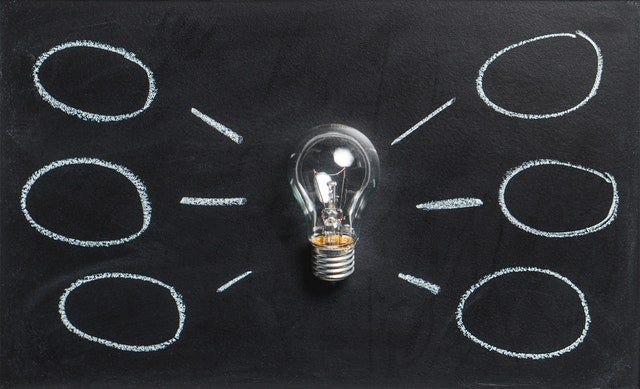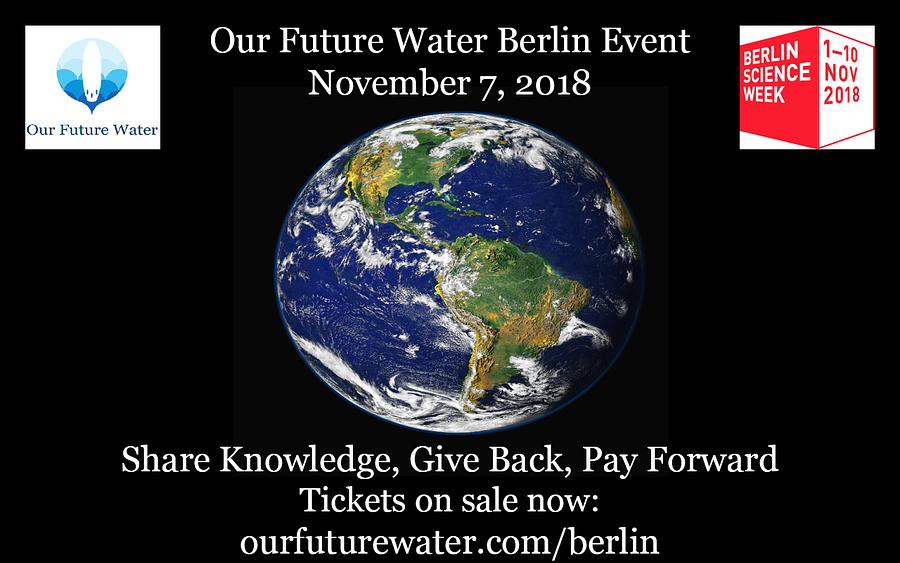Germany’s 2022 Circular Economy
Published on by Robert Brears, Founder of Our Future Water, Young Water Leaders, Mitidaption & Author (Springer Nature, Wiley) in Technology
In Germany, the annual domestic consumption of raw materials is 15 tons per capita, twice the global average. To decouple economic growth from resource consumption, the government is encouraging innovation in product design.
By Robert C. Brears*
The German government has set the goal of conserving natural resources and increasing total raw material productivity in Germany by 30% by 2030 compared to 2010. One of the government’s programs to achieve this is the Resource Efficient Circular Economy — Innovative Product Cycles initiative which provides grants over the period 2019–2022 to collaborative projects that focus on innovative product designs that lower environmental impacts and costs across the life cycle, as well as enable subsequent repair and upgrades.
The initiative encourages consortiums, that preferably include small-to-medium enterprises, to develop and implement economically viable product cycles, networks, and systems. Research topics that are eligible for funding include:
- New design concepts and instruments for the recycling of products, integration of additional functions, and interfaces for digital systems that involve cooperation of actors along the product life cycle
- Innovative business models and new forms of cooperation as well as business research that encourages resource efficiency
- Closing of the loop through digital technologies, simulation, and control of resource efficiency effects and IT-based solutions for business models
- Networking initiatives that foster the implementation of joint projects

Applications will be assessed according to the criteria of:
- Contribution of the project to the initiative’s objectives : thematic compatibility, topic chosen, and problem relevance
- Expected impact of the project : for instance, expansion of the circular economy, effective resource conservation, reducing raw material extraction, avoiding environmental pollution
- Level of innovation : originality and quality of the approach or technology, novelty of the solution, research risk, how world-class it is
- Scientific-technical quality of the approach : Quality of approach in terms of methodology, interdisciplinarity, knowledge acquisition, adoption of new knowledge from other fields
- Consistency of plan : showing expected results, application potential and implementation concept, dissemination of results and transfer of knowledge
- Qualification of consortium : based on profile and performance of the partners involved, inter- and transdisciplinary cooperation, degree of involvement of companies and practitioners
- Quality and appropriateness of work, timing, and resource planning
Successful applicants will receive a non-repayable grant as part of with the percentage of projects covered dependent on the applicant’s sector with universities, research, and scientific institutes receiving grants up to 100% of eligible project-related expenses, while commercial sector applicants can receive grants up to 50% of eligible costs.
The take-out
Designing out waste and encouraging product repairs and upgrades is key to developing the circular economy.
*Robert C. Brears is the author of Urban Water Security (Wiley) | The Green Economy and the Water-Energy-Food Nexus (Palgrave Macmillan) | Natural Resource Management and the Circular Economy (Palgrave Macmillan) | Blue and Green Cities: The Role of Blue-Green Infrastructure in Managing Urban Water Resources (Palgrave Macmillan) | Climate Resilient Water Resources Management (Palgrave Macmillan). He is Founder of Our Future Water, Mitidaption, and Mark and Focus.
· LinkedIn Groups: Our Future Water | Urban Water Security
· Twitter: Mitidaption | YoungH20Leader | Our Future Water | Urban Water Security | Robert Brears
Attached link
https://medium.com/mark-and-focus/germanys-2022-circular-economy-214b7ad8470fMedia
Taxonomy
- Circular Economy

